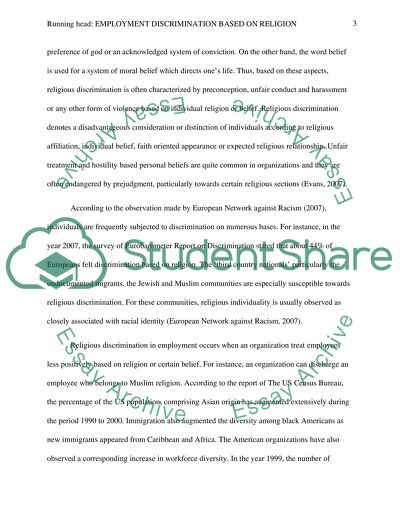Cite this document
(“Employment Discrimination based on Religion Research Paper”, n.d.)
Retrieved from https://studentshare.org/law/1485875-employment-discrimination-based-on-religion
Retrieved from https://studentshare.org/law/1485875-employment-discrimination-based-on-religion
(Employment Discrimination Based on Religion Research Paper)
https://studentshare.org/law/1485875-employment-discrimination-based-on-religion.
https://studentshare.org/law/1485875-employment-discrimination-based-on-religion.
“Employment Discrimination Based on Religion Research Paper”, n.d. https://studentshare.org/law/1485875-employment-discrimination-based-on-religion.


